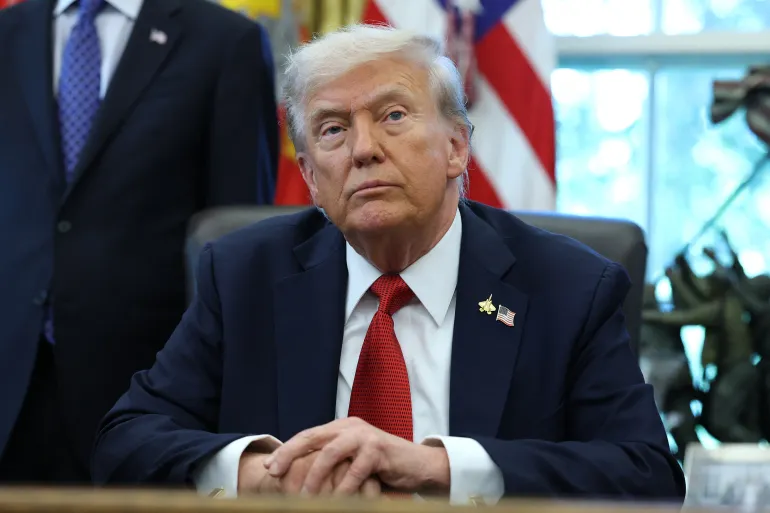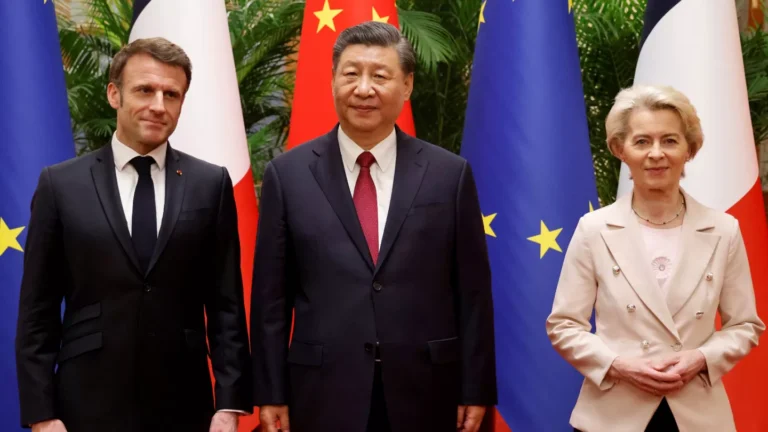
The Trump administration has proposed a new $1 coin design. This coin would commemorate the nation’s 250th anniversary, the semiquincentennial. Significantly, the proposed design features President Donald Trump’s image. The idea of U.S. Doller quickly ignited a legal and cultural firestorm. Critics argue it violates a deep-seated American tradition. This tradition prohibits placing living presidents on currency. U.S. Dollar
The Treasury Department, however, defends the plan vigorously. They claim the coin is legal under a 2020 act passed by Congress. Therefore, the issue pits historic republican principle against modern legislative interpretation. The question remains: can President Trump legally put his picture on a U.S. Mint dollar coin?
The Historical Principle: Avoiding a Monarchy U.S. Dollar
The United States has a long-standing custom. This custom forbids placing living people on currency. This tradition is more than just a preference. In fact, it became federal law in the 19th century.
The 1866 Law
A key law dates back to 1866. After a minor government official put his own face on a fractional currency note, Congress acted. This was Spencer Clark, and Congress was furious. Therefore, they passed a law. This law stipulates that only the portrait of a deceased individual may appear on United States currency and securities. This prohibition was established deliberately. It aimed to avoid any appearance of a monarchy. Therefore, the U.S. would not honor its leaders like European monarchs. They stamped their coins with the face of the reigning sovereign. U.S. Dollar
The rule applies to currency produced by the Bureau of Engraving and Printing. The coin in question, however, is produced by the U.S. Mint. This distinction introduces complexity. U.S. Dollar
The Presidential Coin Precedent U.S. Dollar
A later law addressed presidential coinage specifically. The Presidential $1 Coin Act of 2005 directed the U.S. Mint to honor past presidents. However, the law was strict. It allowed images only for presidents deceased for at least two years. This reinforces the norm. It avoids honoring a leader too quickly after they leave office. Consequently, this general restriction further highlights the proposed coin’s deviation from tradition.
The Administration’s Defense: The 250th Anniversary Loophole U.S. Dollar
The Trump administration is aware of the 1866 law. Nevertheless, the Treasury Department believes the coin is legal. Their justification relies on a 2020 bipartisan law. U.S. Dollar
The 2020 Act
President Trump signed this legislation during his first term. It is called the Circulating Collectible Coin Redesign Act of 2020. This act authorizes the Treasury Secretary to mint $1 coins during 2026. These coins must have designs “emblematic of the U.S. semiquincentennial.” U.S. Dollar
The Treasury Department argues the design is appropriate. A statement from the department was unequivocal. It said, “On this momentous anniversary, there is no profile more emblematic for the front of this coin than that of our serving President, Donald J. Trump.” Therefore, the administration claims the anniversary’s unique nature allows this exception.
The Controversial Design
The proposed design itself is politically charged. One side, the obverse, shows Trump’s profile. This profile is presented under the word “Liberty,” reminiscent of Roman emperors . The other side, the reverse, is even more dramatic. It depicts the President raising his fist in front of the American flag. This gesture is captioned with the words “Fight, Fight, Fight.” This explicitly references the moment he stood up after an assassination attempt last year.
The Treasury contends that these images are symbolic. They argue they represent the spirit of the nation’s 250th anniversary.
The Legal Roadblocks: Two Conflicting Laws U.S. Dollar
The proposal faces significant legal challenges. There is a potential conflict between the 1866 general law and the 2020 special act. Legal experts are divided on the outcome.
The “Reverse” Side Restriction
The 2020 act itself contains a restriction. It limits what can appear on the reverse side of the commemorative coins. It specifically states: “No head and shoulders portrait or bust of any person, living or dead, and no portrait of a living person may be included in the design on the reverse of any coin” in the 250th anniversary series.
Critics point out the design may violate this. The reverse features Trump standing with a raised fist. Therefore, the dispute centers on whether this wider illustration counts as a “portrait” or “bust.” A portrait is typically a head-and-shoulders depiction. Consequently, the administration may argue the full-body representation bypasses the prohibition. Conversely, legal scholars argue this is merely “splitting hairs.” They believe it renders the meaning of the law meaningless.
The Currency vs. Coin Debate
A fundamental question is the application of the 1866 law. Does the ban on living persons on “currency and securities” apply to coins? Historically, the 1866 law was primarily driven by issues with paper money. Therefore, the Mint has sometimes had more leeway with coins. However, legal experts insist that all forms of legal tender fall under this constitutional umbrella. They warn that the proposal is “anathema to our system generally.”
Historical Exceptions and the Path to the Court
While the tradition is strong, a few exceptions exist. These historical instances provide a possible defense for the administration.
The Coolidge Half Dollar
In 1926, President Calvin Coolidge appeared on a commemorative half dollar. This was the country’s 150th anniversary. Coolidge was a sitting president at the time. This coin marked the first time a sitting U.S. President’s portrait appeared on a circulating coin. This serves as a significant historical precedent.
The Legal Outcome
Ultimately, the matter may be decided in court. However, filing a lawsuit requires a party to demonstrate direct harm. It is unclear who could sue the government over the coin’s design. As a result, even if the courts are inclined to block the move, a legal challenge may not materialize.
Thus, the administration may rely on this lack of a legal challenge. They can push the coin through. This would establish a new, controversial precedent.
A Challenge to American Republicanism
Beyond the legal fine print, the controversy is about principle. Numismatic experts stress the tradition. They highlight that American founders deliberately avoided such displays. They wanted to distinguish the republic from a monarchy. Putting a living president on a coin is fundamentally inconsistent with this long-standing republican tradition. U.S. Dollar
The move is seen by many as a powerful political statement. It seeks to break norms. It is a symbol of the administration’s desire to redefine traditional political customs. Whether legal or not, the coin would certainly mark a highly politicized moment in U.S. monetary history. The nation awaits the final Treasury decision and the inevitable reaction. U.S. Dollar
Read More Articles Click Here.




